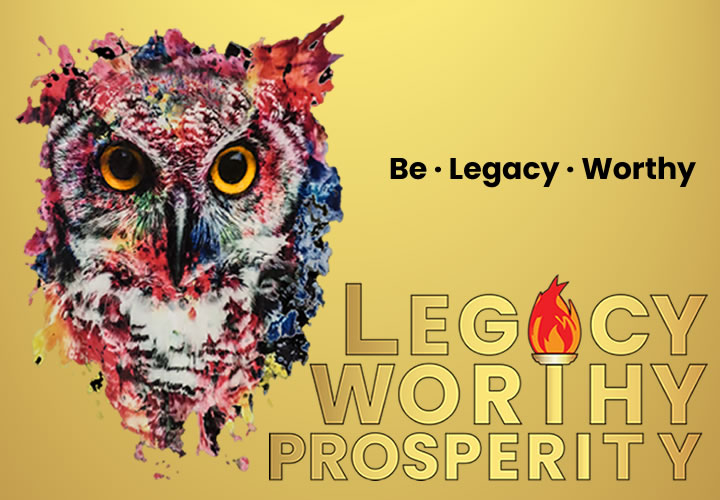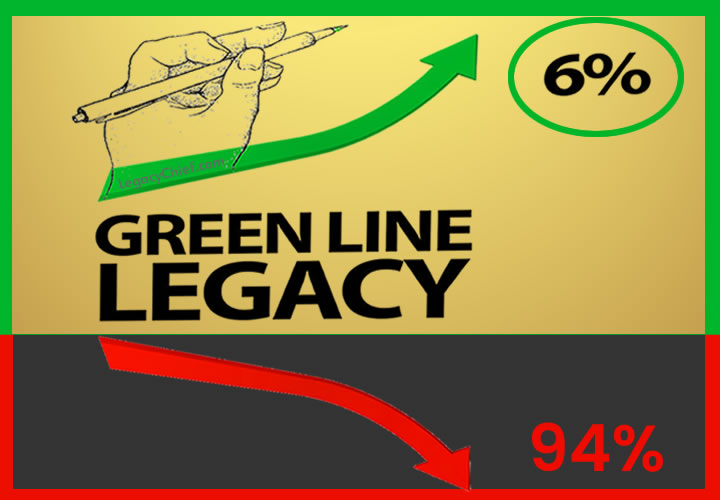How to Sell So Your Customers Become Better Customers and Better People

The question to ask is: Who do you want your customers to become?
A few years ago, at lunch during a business conference, David Winkelman and Jeff Perlis, and a few others were in engaged in a lively conversation that revolved around selling “Transformation” as a key benefit. Offering transformation was hot within the personal development niche, also starting at the top by becoming a transformational leader, and within the entrepreneur and small business niches transformation is about wanting various forms of change.
Robert Greene says, “Humans are hardwired for achievement and supremacy.” On an entrepreneurial level, the transformational change is success-oriented and most often related to money and lifestyle; forms of achievement and supremacy.
One entrepreneurial coach uses these statements to ask: “DO YOU HAVE A BURNING DESIRE FOR CHANGE IN YOUR LIFE? You are tired of spinning your wheels on a business startup that has not been successful. You just haven’t found the right business model that fits your lifestyle. You are absolutely unemployable because you cannot stand to work for someone else. You have never had the chance to work for yourself because you stayed home to raise your children. You are successful, but you don’t have time to enjoy your success because you have to work too much. You are fed up with making other people/companies millions of dollars. ” These are all areas the prospective customer hopes to transform for the better.
Your organization must change to accommodate your “upgraded” customers or at the least have a special division to manage and maintain the new relationship with these changed, transformed customers. That’s where Relationship Riches is two-way connection and investment: 1. Company product or service is purchased which improves/solves on behalf of customer, and 2. Customer transforms because of investment in product or service. Both company and customer must grow or the relationship with wither.
When you “meet people where they are” with your marketing message and can illustrate “where they want to be” and can help them get from their pain point to their gain point, your customers will feel you are are speaking to them directly and that you understand their situation and speak their language. Can you create the trust that you can help with their transformation? Transformation can take place in a myriad of ways. Imagining your customers (better) future state and describing it is a form of co-designing your customer’s future.
And of course it is less about who YOU want your customers to become but who your customers want to become themselves. Knowing their motivation and desire and providing conduits to feed their motivation and channel desire helps them become better customers and better people.
To truly innovate today, designing new products or features or services won’t get you there. Only by designing new customers–thinking of their future state, being the conduit to their evolution–will you transform your business.
According to MIT innovation expert and thought leader Michael Schrage, if you aren’t asking this question (Who do you want your customers to become?), your strategic marketing and innovation efforts will fail. Asking customers to do something different doesn’t go far enough–serious marketers and innovators must ask them to become something different instead. Even more, you must invest in their capabilities and competencies to help them become better customers.
See Who Do You Want Your Customers to Become? by Michael Schrage, $3.99 digital book on Harvard Business Review. The book is organized around six key insights (2 on innovation, 2 on customer vision, best beta and the dark side) and includes practical exercises to help you apply the question to your current situation. Schrage also includes examples from well-known companies–Google, Facebook, Disney, Starbucks, Apple, IKEA, Dyson, Ryanair, and others–to illustrate just what is possible.
“Michael Schrage, at his most brilliant, provocatively wonders how you are changing the people you interact with. It’s worth a long think.” — Seth Godin, Author and Speaker
Schrage provides a powerful new lens for getting more value out of innovation investment. Schrage’s primary insight is that innovation is an investment in your client, not just a transaction with them. Marketing executives, brand managers, strategic innovators, and entrepreneurs alike should understand how successful innovation rebrands the client and not the product.



